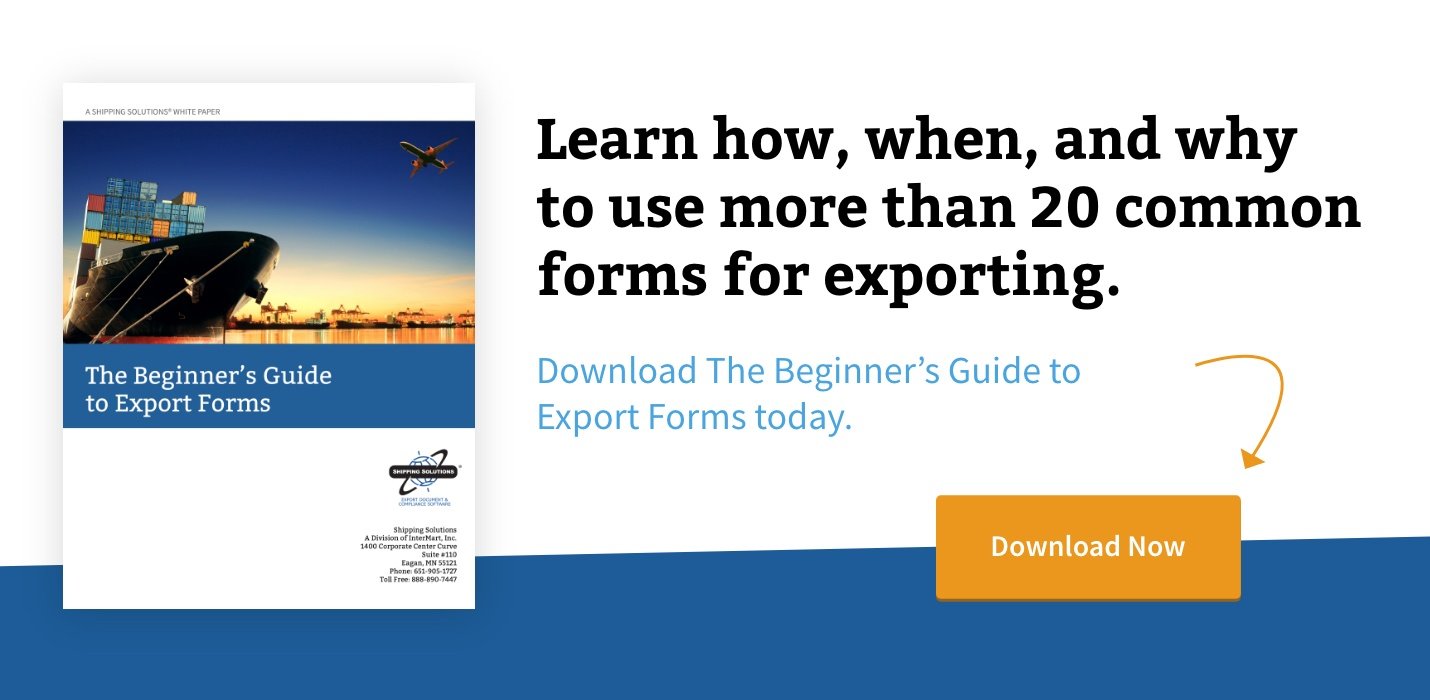The International Trade Blog
The Panama Canal: 100 Years of Connecting the World
On: January 28, 2015 | By:  David Noah |
4 min. read
David Noah |
4 min. read
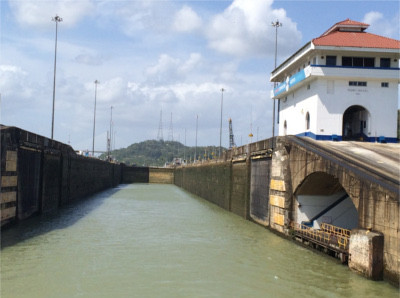 I don’t remember when I first thought visiting the Panama Canal would be a fun and interesting vacation, but this year seemed as good a time as any to make the trip. The Panama Canal recently celebrated its 100th anniversary, and my company, InterMart, will soon be celebrating its 20th anniversary of helping companies meet their export and import documentation and compliance needs. For some reason, round numbers trigger a need to reflect.
I don’t remember when I first thought visiting the Panama Canal would be a fun and interesting vacation, but this year seemed as good a time as any to make the trip. The Panama Canal recently celebrated its 100th anniversary, and my company, InterMart, will soon be celebrating its 20th anniversary of helping companies meet their export and import documentation and compliance needs. For some reason, round numbers trigger a need to reflect.
On January 3, 2015, my family boarded a Princess Cruises ship and started a journey that would take us from the Atlantic to the Pacific Ocean through the Panama Canal with stops along the way to enjoy other Caribbean destinations. (That’s an important fact when the weather in Minnesota at the time plunged to more than -20 degrees!)
What I saw was truly an amazing feat of human engineering, and an important trade route, especially for U.S. businesses and consumers. The trip inspired me to share a little history of the canal, its current impact on global commerce, and what Panama is doing to modernize the canal.
History of the Panama Canal
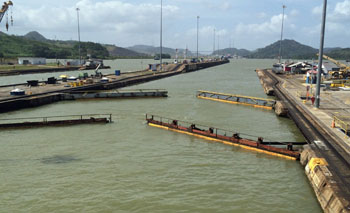 The modern world wonder was schemed up as early as 1534, when Charles V, the Holy Roman Emperor and King of Spain, considered it as a way through the Americas that would ease the voyage for ships traveling between Spain and Peru. Hundreds of years passed, and many countries tried unsuccessfully to create a route through the isthmus, including the French who began working on the project in 1880.
The modern world wonder was schemed up as early as 1534, when Charles V, the Holy Roman Emperor and King of Spain, considered it as a way through the Americas that would ease the voyage for ships traveling between Spain and Peru. Hundreds of years passed, and many countries tried unsuccessfully to create a route through the isthmus, including the French who began working on the project in 1880.
In 1904, the United States took formal control of the Panama Canal project and began work, spending almost $375 million to finish it. The decade-long project was completed in August, 1914, when the SS Ancon became the first of more than a million vessels to cross the channel.
The canal transformed world trade by facilitating shipping from the West Coast of the Americas to Europe and from Asia to the East Coast, but its biggest impact was on the U.S. economy. In the early 1900s, the United States had a problem: The nation had plenty of resources, but it took time and money to get them around the country. The Panama Canal changed that.
In the century since the Panama Canal’s completion, the waterway has changed with the tide, so to speak—as vessels grew (and grow), so does the size of the canal. Physically, the Panama Canal has undergone numerous changes, including new spillways, deepening of both Atlantic and Pacific entrances, and building of dams and subsequent creation of lakes.
The U.S. transferred full control of the Panama Canal to Panama on New Year’s Eve 1999. The treaty that guaranteed possession to Panama requires that the waterway remains permanently neutral.
What’s in Store
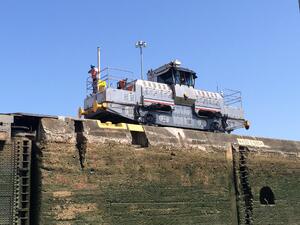
Use of the Panama Canal is currently limited to ships that are up to 110 feet wide, 1,050 feet long, and 41.2 feet deep, and which have a cargo capacity of 5,000 twenty-foot equivalent units (TEU). These are called Panamax ships because they are small enough to be able to travel through the canal.
But as international trade grows, so does the size of the vessels that help facilitate this trade. New Post-Panamax or over-Panamax ships such as supertankers and modern container and passenger ships exceed the capacities of the Panama Canal. To meet the requirements of these new ships, the Panama Canal Authority proposed—and the Panamanian people supported—expanding the canal.
The current expansion project, which began in 2007, will create a new lane of traffic along the canal through the construction of a new set of locks, doubling the waterway’s capacity. The expansion will allow the canal to handle 99% of container ships and 81% of liquefied natural gas takers that can’t currently use it.
In addition, the new locks will include water-saving basins that will reduce the 53 million gallons of fresh water spill into the ocean during every transit through the locks. The project is scheduled to be completed in early 2016 at the cost of $5.3 billion. You can get a live look at the canal expansion’s progress here.
The Canal’s Impact on International Trade
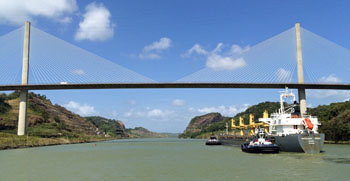 The Panama Canal’s 50-mile, 10-hour trek lops thousands of miles off voyages. According to the Panama Canal Authority’s website, the canal shortens the trip for a coal carrier from the U.S. East Coast to Japan by 3,000 miles and eight days, and reduces the time for a vessel laden with perishable goods to travel from Ecuador to Europe by 5,000 miles and 13 days. In both cases, the Panama Canal results in a significant cost savings.
The Panama Canal’s 50-mile, 10-hour trek lops thousands of miles off voyages. According to the Panama Canal Authority’s website, the canal shortens the trip for a coal carrier from the U.S. East Coast to Japan by 3,000 miles and eight days, and reduces the time for a vessel laden with perishable goods to travel from Ecuador to Europe by 5,000 miles and 13 days. In both cases, the Panama Canal results in a significant cost savings.American ships use the canal the most, followed by China, Chile, Japan, Colombia, and South Korea’s vessels. Ships pay a toll based on their size and cargo volume—tolls can reach as much as $450,000 per transit. A cruise ship like the one my family and I traveled on into and out of the Canal paid more than $350,000 for the privilege.
No one can doubt the importance of the Panama Canal in helping facilitate the growth of international trade during the past 100 years. While its importance may have diminished a bit with the growth in overland transportation options and a potential competing canal to be built in Nicaragua, it’s a destination worth seeing, and a trip I would recommend to anyone!

About the Author: David Noah
David Noah is the founder and president of Shipping Solutions, the #1 selling export documentation software that develops and sells export documentation and compliance software targeted at U.S. companies that export. David is a frequent speaker on export documentation and compliance issues and has published several articles on the topic.
